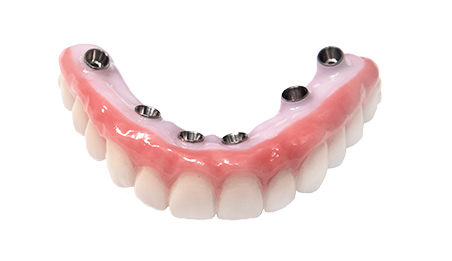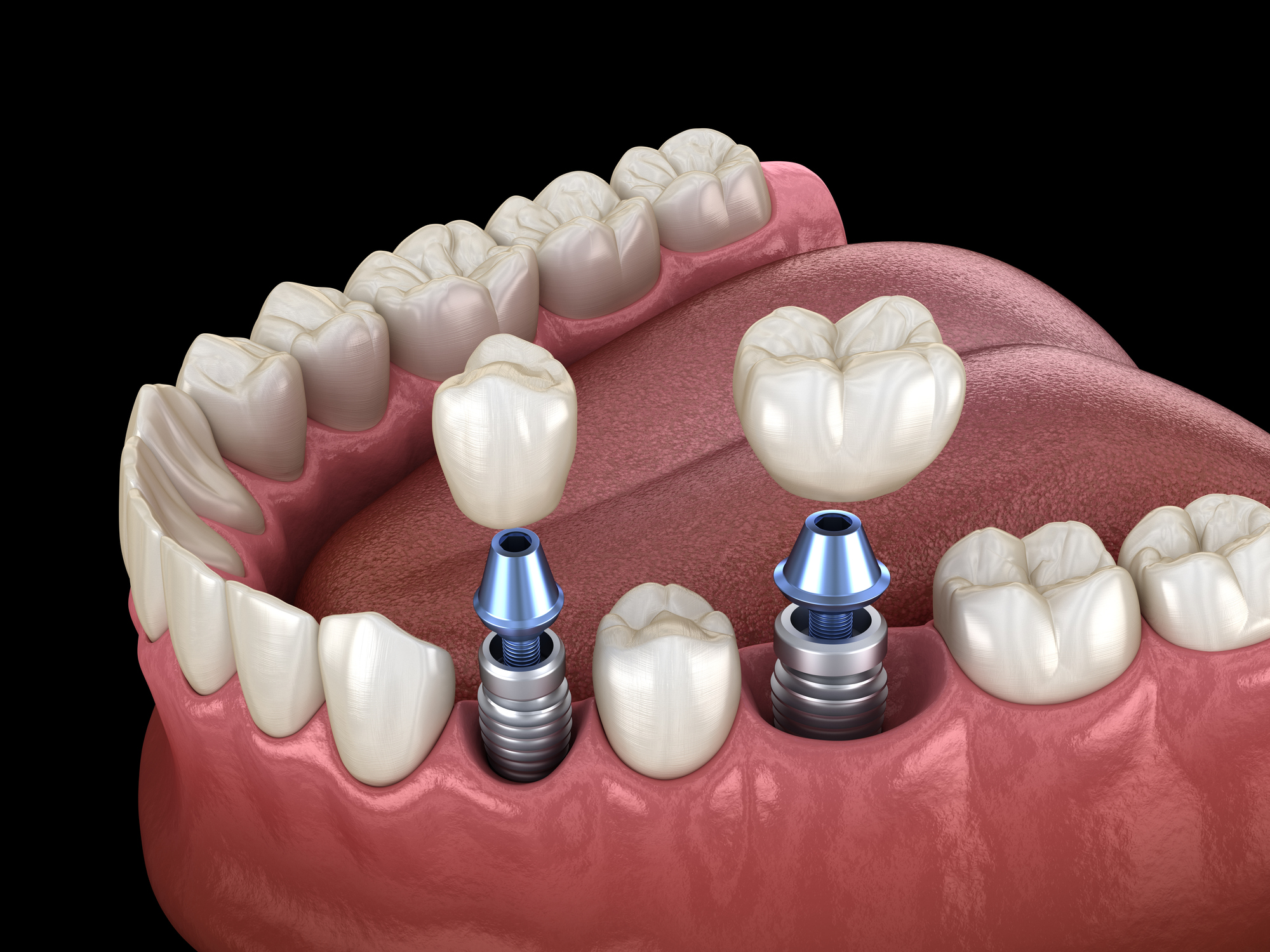The Only Guide for Dental Sense
Table of ContentsThe Basic Principles Of Dental Sense Dental Sense Can Be Fun For EveryoneThe Definitive Guide to Dental SenseRumored Buzz on Dental Sense
are medical tools operatively dental implanted into the jaw to recover an individual's capability to chew or their look. They provide support for synthetic (phony) teeth, such as crowns, bridges, or dentures. When a tooth is lost as a result of injury or condition, an individual can experience problems such as fast bone loss, defective speech, or modifications to chewing patterns that lead to pain.Oral implant systems consist of a dental implant body and dental implant joint and may likewise include a joint fixation screw. Dental veneers cost. The oral implant body is operatively placed in the jawbone instead of the tooth's origin. The oral implant abutment is normally connected to the implant body by the abutment addiction screw and expands via periodontals right into the mouth to sustain the connected artificial teeth
Smoking may affect the recovery process and decrease the lasting success of the dental implant. The recovery procedure for the implant body may take several months or longer, during which time you usually have a temporary joint in place of the tooth. the dental implant treatment: Thoroughly follow the oral hygiene directions offered to you by your dental copyright.
Indicators on Dental Sense You Need To Know
Implant failure can lead to the requirement for another procedure to take care of or replace the dental implant system. Brings back the capacity to eat Brings back cosmetic appearance Helps maintain the jawbone from shrinking due to bone loss Protects the health and wellness of the surrounding bone and gum tissues Aids maintain adjacent (nearby) teeth stable Enhances high quality of life Damage to surrounding natural teeth throughout dental implant placement Injury to the surrounding cells during surgical treatment, such as sinus perforation Injury throughout surgical treatment (as an example, crack of surrounding jawbone) Inadequate feature, such as really feeling like the teeth do not attack together usually An experience that the tooth is loose or turning in area arising from a joint screw loosening Implant body failing (looseness of the dental implant body) due to systemic infection, which might be extra most likely in individuals with unrestrained diabetes due to regional infection in bone and gum tissues supporting the implant body because of delayed recovery, which may be most likely in patients that smoke Trouble cleaning up the gum tissues around the dental implant, resulting in bad oral hygiene Untreated gum illness Post-surgical tingling as a result of nerve impingement or damage Always inform healthcare suppliers and imaging service technicians that you have oral implants prior to any type of magnetic vibration imaging (MRI) or x-ray procedures.
FDA is not mindful of any type of unfavorable events reported for MRI or x-ray procedures with oral implants. Oral implants systems are normally constructed from materials that comply with worldwide consensus standards of the International Company for Standardization (ISO) or ASTM International. These criteria have details of what makes a risk-free product.

An oral implant is a framework that replaces a missing tooth. With screw-like devices, the surgeon inserts an implant right into the jawbone, and it functions as a support for a synthetic tooth, called a crown. A device called a joint connects the artificial tooth to the oral implant. The crown is customized to fit the individual's mouth and match the shade of their teeth.
Examine This Report on Dental Sense
Some people are not eligible for oral implant surgical procedure. It is for dental specialists to operate people with: severe illnessuncontrollable metabolic diseasebone or soft cells disease or infectionIf these problems are settled, an individual can have the surgery. In, oral doctors avoid from operating people with: If individuals with any of the above undergo oral implant surgery, there is a higher risk of the dental implant falling short.

Dental implant surgery is an individualized process. It's not the very same for every person. But the complying with offers a general introduction of what you can anticipate your dental professional, dental cosmetic surgeon, periodontist or prosthodontist to do: Put the dental implant operatively. Provide you time to recover. Attach the blog post and last crown, bridge or denture.
Next off, your surgeon will carefully place the oral implant right into your jaw. If your implant is near the front of your mouth, your dental practitioner will certainly make a momentary tooth for you to use until you heal.
The Facts About Dental Sense Revealed
Throughout the healing stage, your jawbone needs to fuse to the dental implant. This process can take anywhere from three to 9 months.
When your implant heals, your dental practitioner can affix the abutment (tiny adapter blog post) and your final repair (crown, bridge or denture). This usually takes regarding one hour to finish and may require a 2nd minor surgery. You should not feel any kind of discomfort during your oral implant procedure because your company will make use of medicine to numb your gums.
Comments on “Getting My Dental Sense To Work”